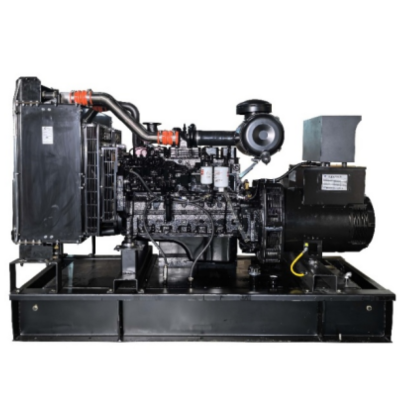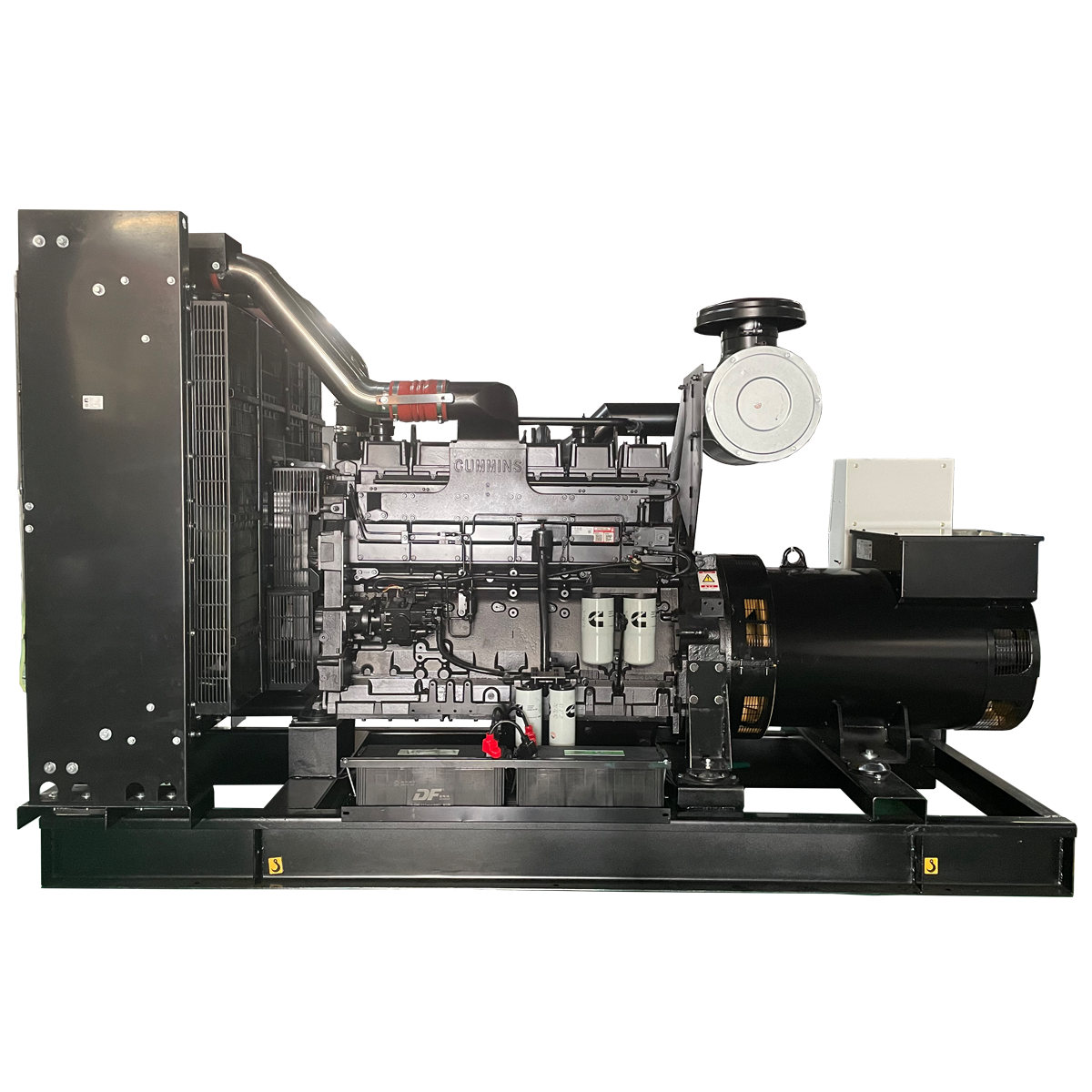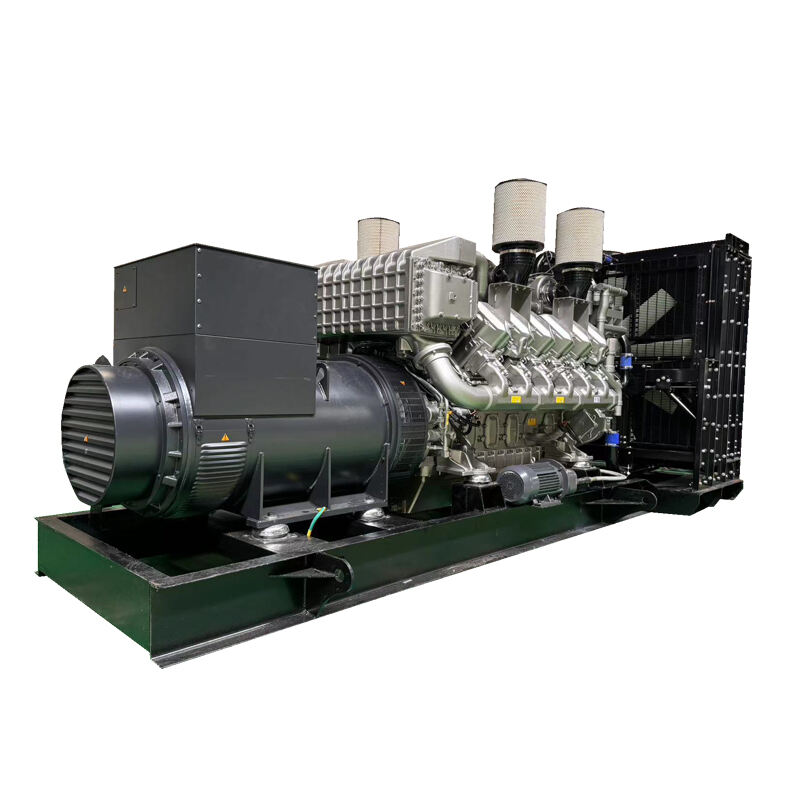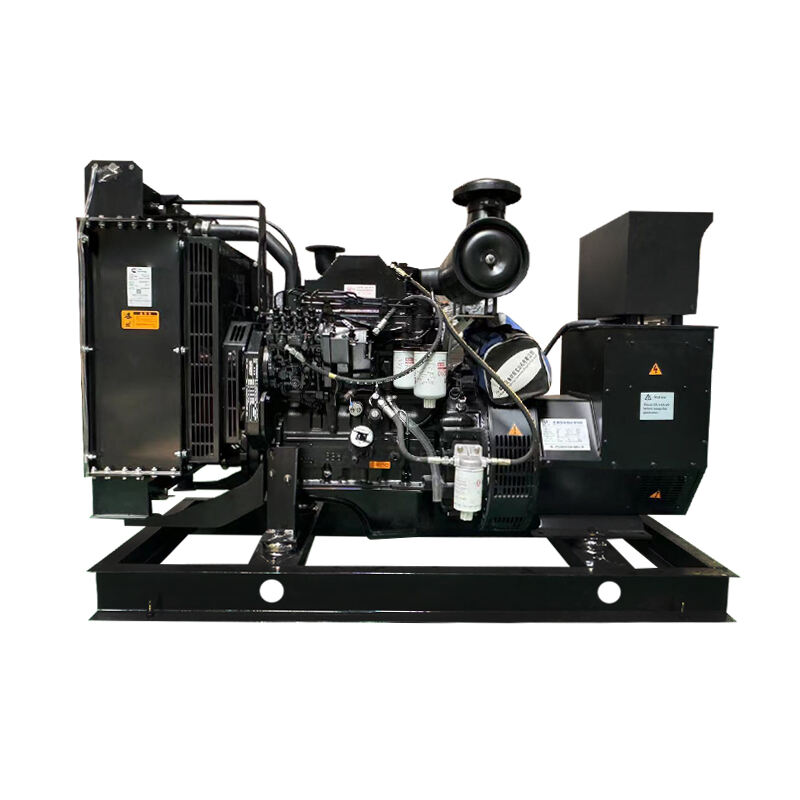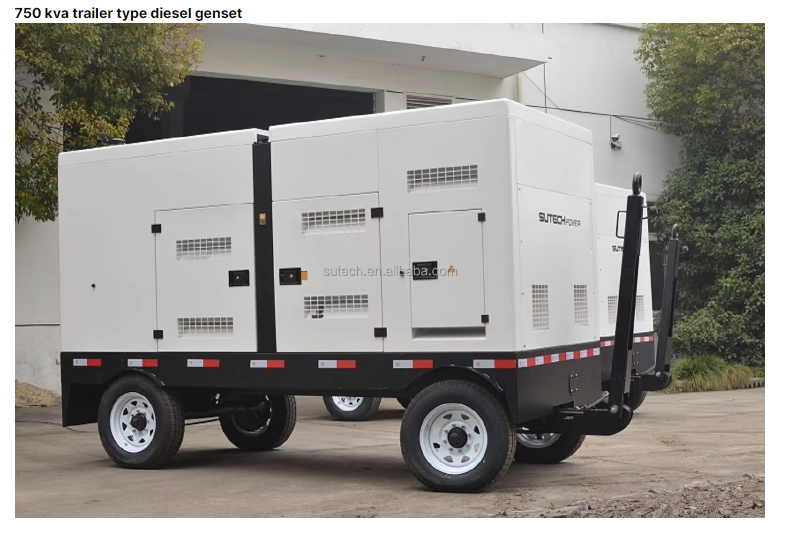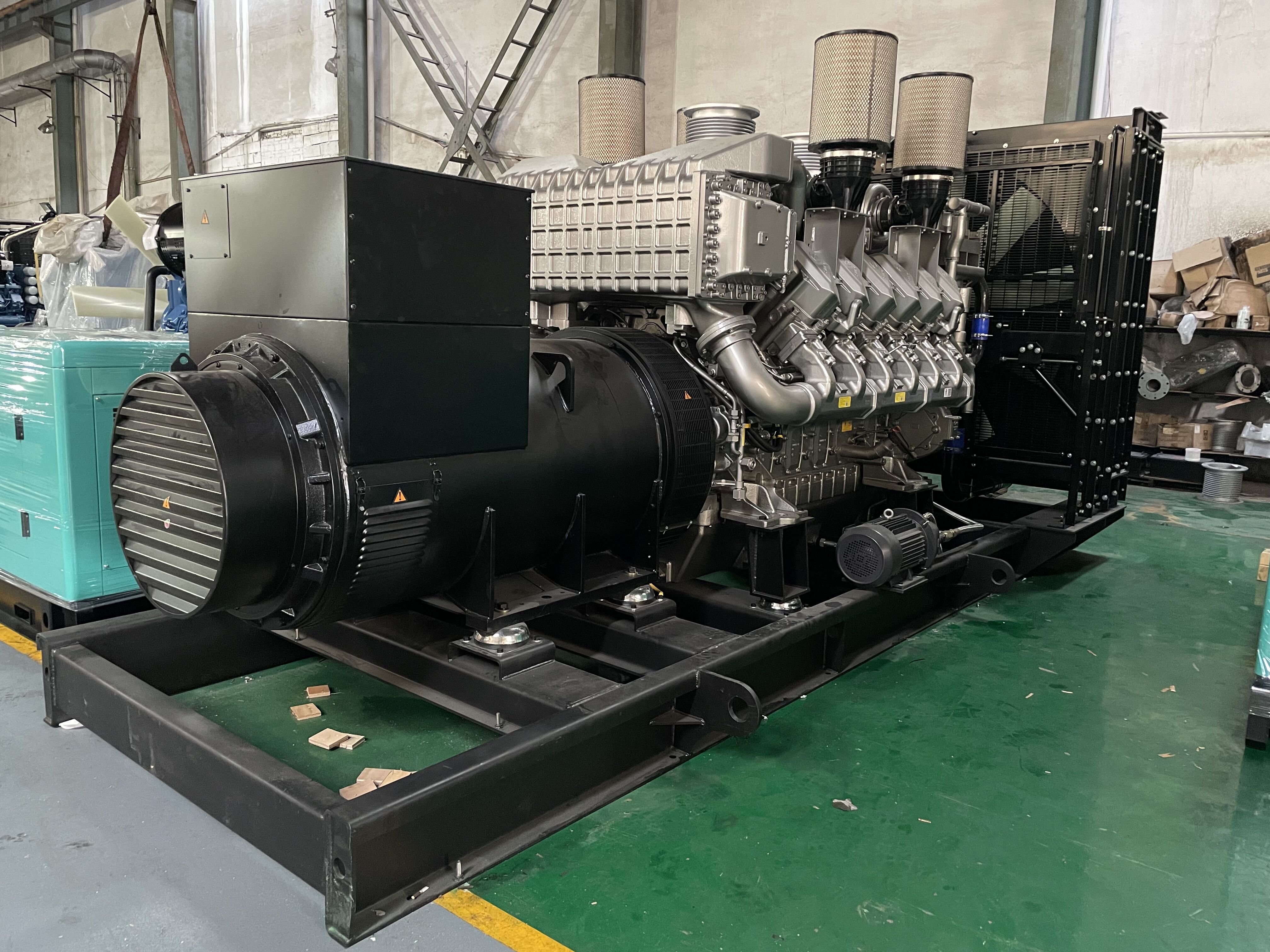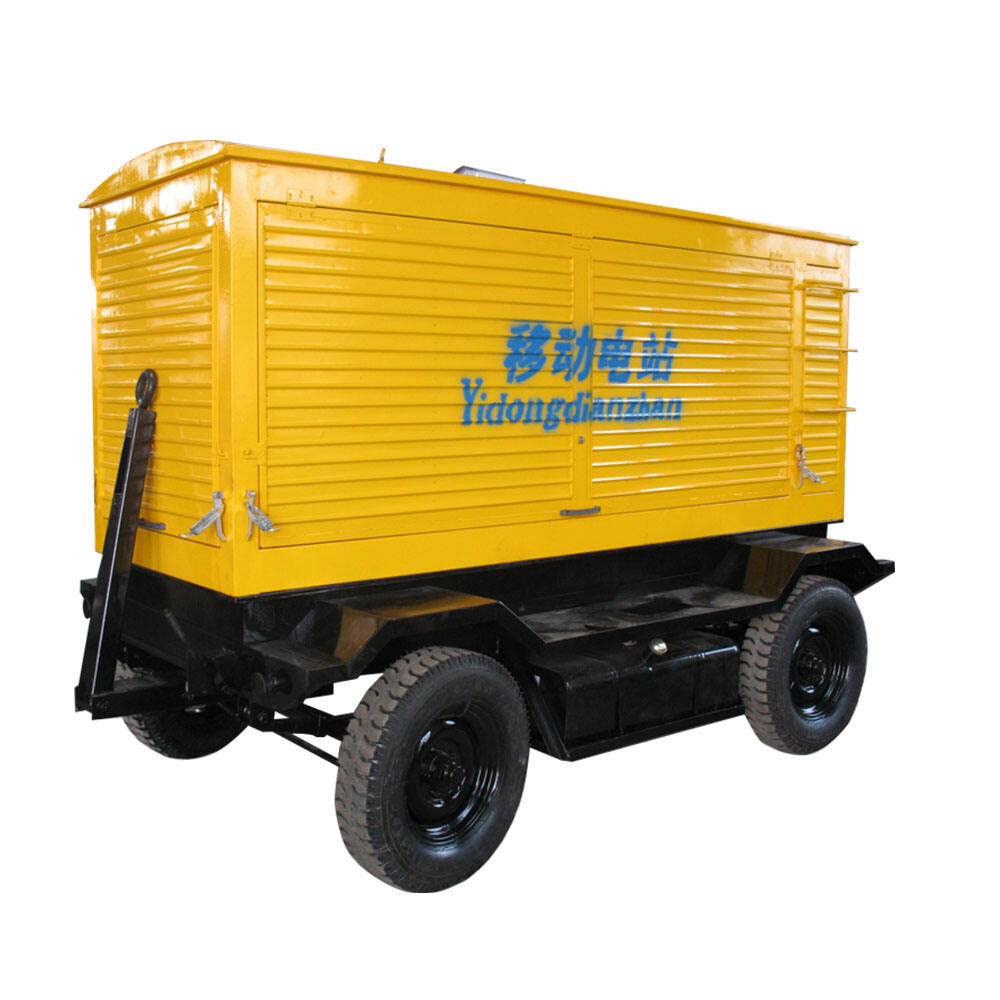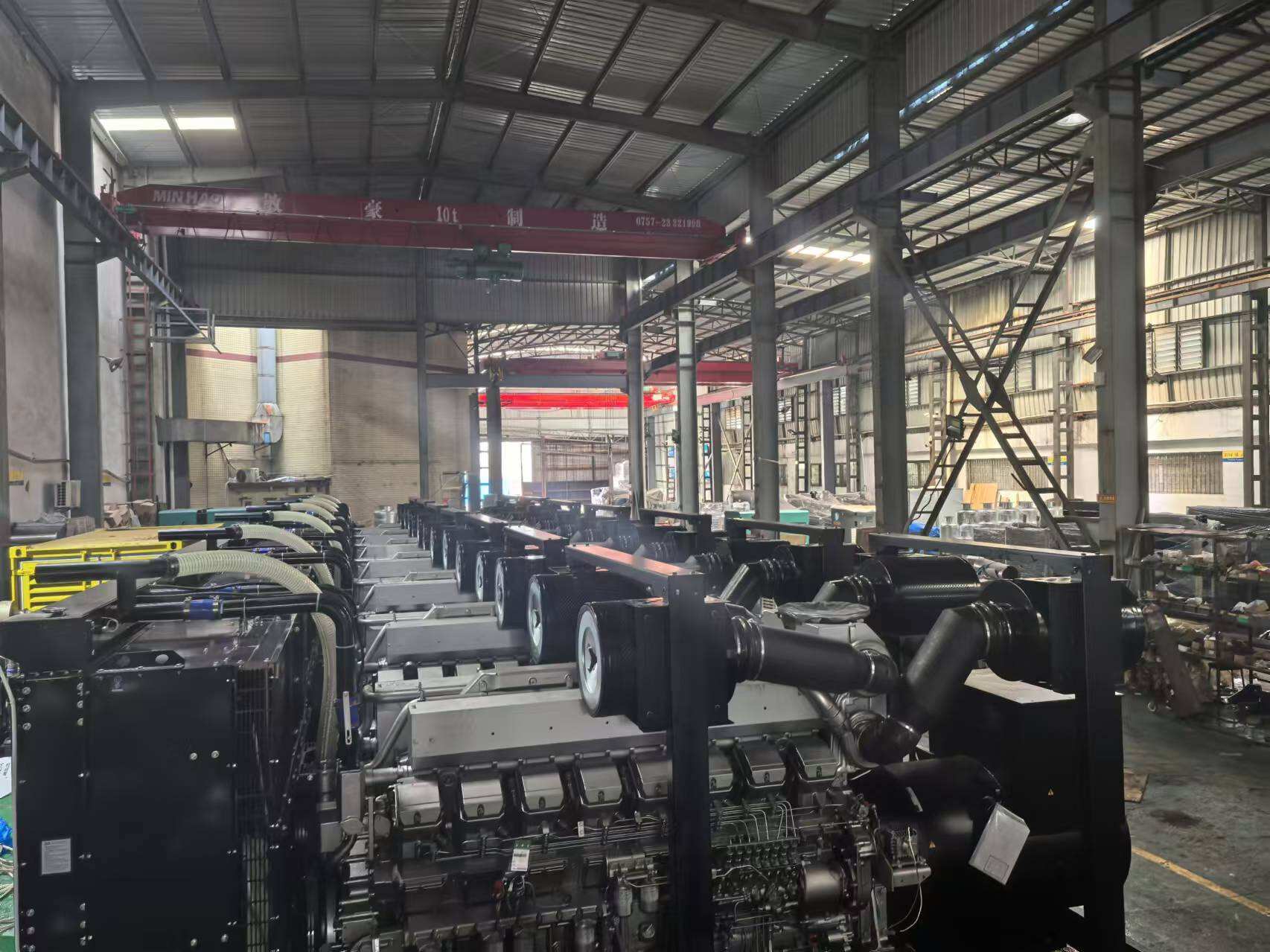cheapest way to produce electricity at home
Solar power stands as the most cost-effective method for generating electricity at home, primarily through the installation of photovoltaic (PV) panels. This renewable energy solution converts sunlight directly into electricity through semiconductor materials, typically silicon-based cells. The system comprises solar panels, an inverter to convert DC to AC power, and optional battery storage for energy retention. Modern solar panels achieve efficiency rates of 15-20%, while technological improvements continue to enhance their performance and reduce costs. The initial setup involves mounting panels on the roof or ground, connecting them to an inverter, and integrating the system with the home's electrical network. This arrangement can significantly reduce or eliminate monthly electricity bills, with systems typically paying for themselves within 5-10 years through energy savings. The technology requires minimal maintenance, usually just occasional cleaning and system checks, and most components come with 20-25 year warranties. Additionally, many regions offer tax incentives and rebates for solar installation, further reducing the overall cost. The system's scalability allows homeowners to start small and expand their solar capacity as needed, making it an accessible option for various budgets and energy requirements.

